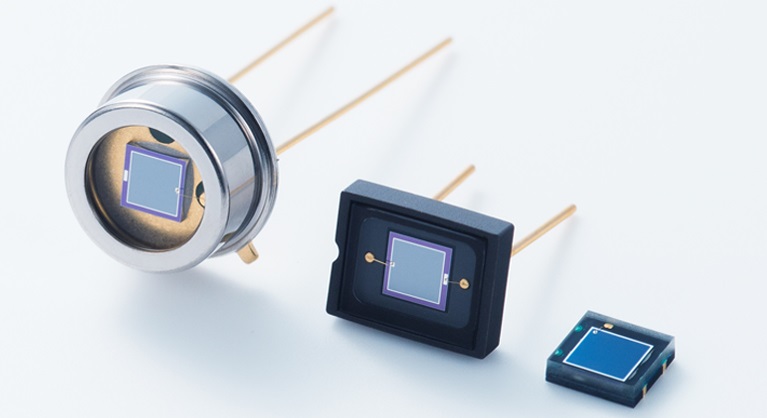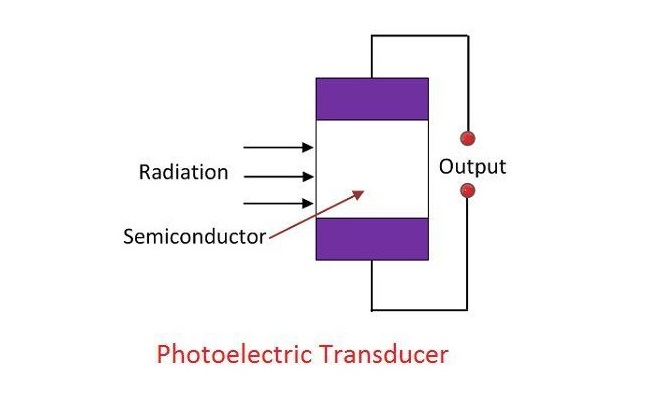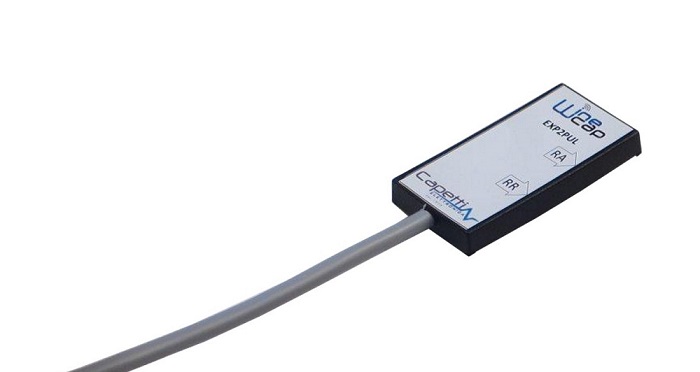Photoelectric transducers are among the elements used to convert light energy into electrical one. In this article from Linquip, we want to talk about these useful elements and explain how they work as well as their application. If you are curious to know more about them, then keep on reading…
What is a photoelectric transducer?
This transducer type has been designed to convert light energy into electrical energy. Photoelectric transducers are made from semiconductor materials. They use a photosensitive element that is capable of ejecting electrons. This process happens when the photoelectric transducer absorbs a beam of light that shines on the semiconductor material. This discharge results in inducing the current in the system. The total absorbed light is equal to the current’s magnitude.
How does a photoelectric transducer work?
Photoelectric transducers absorb the beam of light and hence, the material’s electrons are energized. This process results in the movement of the electrons. This movement creates different situations depending on the desired process:
- A change in the output voltage of the semiconductor may be one of the effects that the mobility of electrons produces.
- A change in the semiconductor’s output current is among the effects that can be the result of the electron’s movement.
- The final result that can be seen because of the movement of the electrons is a change in the material’s resistance.
Photo emissive devices work when a beam of light shines on a cathode, separating the electrons from the surface of the cathode. The photoconductive systems work when the illumination causes the resistance of the material to change. And the last principle is for the photovoltaic cells. They generate an output voltage that is related to the radiation intensity. This radiation can be visible light, infrared, gamma rays, ultraviolet, or X-rays.
Different photoelectric transducer types
Transducers have different types, each suitable for specific applications. They include:
- PhotoJunction
- PhotoConductive Cell
- Photovoltaic Cell
- PhotoEmissive Cell or Tubes
These four types are the most popular ones available on the market, each of them unique in their own way. Now, we’ll dive into each one to get to know them in detail.
PhotoJunction
This photoelectric transducer type contains forms: phototransistors and photodiodes.
Phototransistors
Phototransistor transducers contain 3 semi-conducting layers created by two back-to-back diodes. The difference between this transducer and the regular ones is that this type the light intensity is the parameter that triggers the conduction. As soon as the photons meet the base structure, they will be converted to a current flow, resulting in the enabling of the transistor. Their design is in a way that a transparent casing hosts the phototransistor, allowing the light to easily enter the element. They are great for devices with light sensitivities since the light in these elements act as a switch when it’s a bipolar phototransistor.
Photodiodes
Photodiodes are among photoelectric transducers that are reverse-biased PN junction diodes. These transducers convert light into an electrical current with the absorption of the photons in the photodiode. The surface area of these transducers may be small or large. The larger the surface area, the slower the response time. They might also consist of built-in lenses and optical filters. They have a window or optical fiber connection allowing the light to get to the device’s sensitive parts.
PhotoConductive Cell
Another photoelectric transducer type is called a photoconductive cell. They, too, convert solar radiation into conductivity. When the beam of light shines on a photoconductive material (Ge, Cadmium Selenide, Si), the resistance of the element changes. When the amount of sunlight reaches a sufficient level for the photoconductive cell, it results in an increase in its conductivity which doubles as a closed switch. When there’s no light to shine on the element, it will work as an open switch.
Photovoltaic Cell
This transducer type is also known by the name solar cell. This active transducer generates electricity when it is irradiated by the sunlight. The photovoltaic cell is formed by an N-type material and P-type silicon that are diffused together. The semiconductor crystal absorbs the photons of the light rays whenever it is exposed to the light, resulting in the photovoltaic effect. This process will generate current throughout the semiconductor which is taken across the positive and negative terminal (the PN junction).
PhotoEmissive Cell or Tubes
This transducer type contains a glass envelope, anode, cathode, and some connecting pins. The cathode part of this transducer is a curved plate that is coated with photoemissive material and the anode part is a rode. They are both sealed inside an evacuated envelope. The current that flows in this element is produced throughout the anode and the cathode. This photoelectric transducer also releases electrons when a beam of light shines on the cathode. These electrons will be drawn to the anode part of the element which is kept at a specific positive potential resulting in the rise of a photoelectric current.
These were the four most important types of photoelectric transducers, each tailored for specific needs and applications. You can choose the one that suits your needs the best.
Now that you are at the end of this article, you know all there is to know about photoelectric transducers, how they work, and their different types. What is your opinion about these electronic elements? Comment below and let us know what you think. And if you have any questions about these elements, feel free to sign up on Linquip to talk to our experts. We will help you get all the answers you need and expand your knowledge about this field.
Buy Equipment or Ask for a Service
By using Linquip RFQ Service, you can expect to receive quotations from various suppliers across multiple industries and regions.
Click Here to Request a Quotation From Suppliers and Service Providers
Read More In Linquip
- What are the Main Benefits of an Ultrasonic Transducer?
- Piezoelectric Transducer and Its Impressive Applications in Electric Circuits
- Ultrasonic Thickness Gauge, Advantages, and Applications
- Important Detailed Information About The Types of Transducers
- Types of Sensors Detectors/Transducers: An Entire Guide
- What Is a Pressure Transducer? A Simple Descriptive of the Definition, Working Principle, and Considerations
- Pressure Transducer: Definition, Working Principle, and Types
- Transducer vs. Sensor: Basic Differences & Advantages of Them
- Active Transducer: All You Should Know About
- Temperature Transducer: Definition, Working Principle, and Types
- All You Need to Know about Transducer
- What are the Main Benefits of an Ultrasonic Transducer?
- Piezoelectric Transducer and Its Impressive Applications in Electric Circuits
- Resistive Transducer: Working Principle & Example





